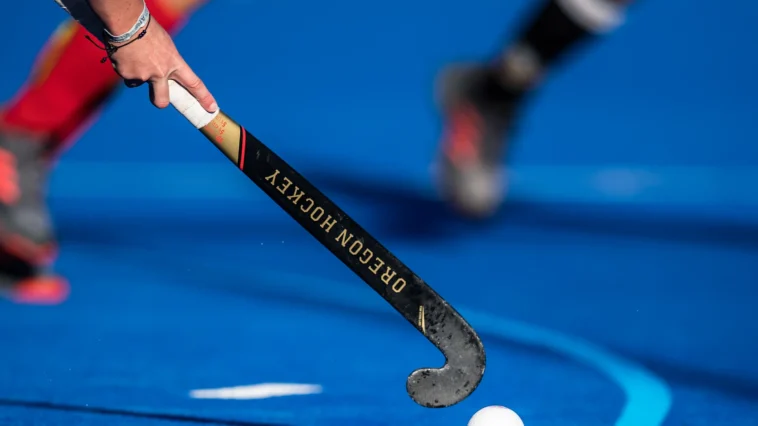Field hockey is a sport steeped in tradition, played worldwide by individuals passionate about the game. As with any sport, the equipment used in field hockey plays a pivotal role in ensuring the safety of players while also significantly affecting their performance.
This comprehensive guide will delve deep into the essentials of field hockey equipment, providing a detailed overview of each component and its importance in the game.
The Stick: The Heart of the Game
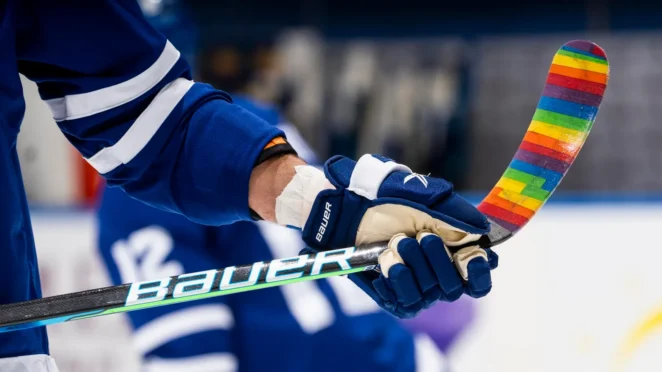
The field hockey stick is unquestionably the most iconic and essential equipment in the sport. Traditionally made of wood, these sticks have evolved to incorporate advanced materials such as carbon, fiberglass, and aramid, offering players enhanced strength, flexibility, and durability.
Key features to consider when choosing a field hockey stick:
Curve: The bow or curve of the stick can significantly affect ball control and power. Different curves, including regular, late, and extra late bow, cater to different playing styles and preferences.
Length: The ideal stick length varies based on height and playing position. Forwards often prefer shorter sticks for increased agility, while defenders typically opt for longer sticks to gain an advantage in reach during defensive plays.
Toe Design: Field hockey sticks have various toe designs, such as shorti, midi, maxi, and hook. Each toe design serves a specific purpose and benefits different playing styles. For example, a hook-toe design provides better ball control and maneuverability.
The Ball: Fast and Furious
The field hockey ball is another crucial equipment that ensures the game’s fast-paced nature. These balls are made of hard plastic, designed to be durable and consistent in their movement on the field. The ball’s surface can be either smooth or dimpled, favored on water-based turfs due to its predictable trajectory.
Protective Gear: Safety First
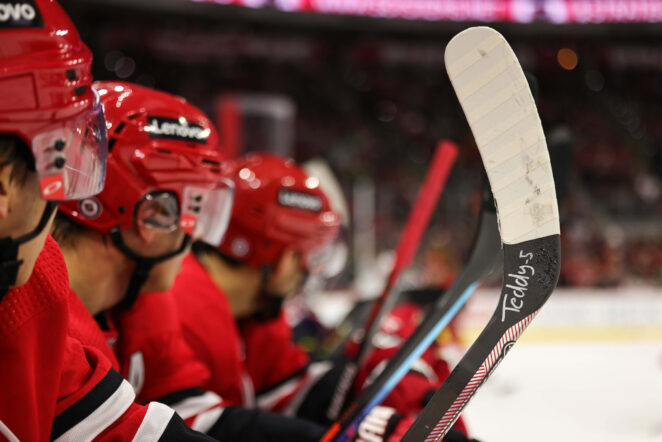
In field hockey, player safety is paramount, and protective gear is pivotal in preventing injuries. Goalkeepers, in particular, require extensive protective equipment, given the nature of their position. Here’s a breakdown of the protective gear used in field hockey:
Goalkeeper Equipment:
Helmets: Goalkeeper helmets feature a cage for visibility and provide critical protection against high-speed balls. The helmet is arguably the most crucial piece of protective gear for goalkeepers.
Leg Guards and Kickers: These protective elements ensure the goalkeeper’s legs and feet are effectively shielded from the impact of shots, penalty corners, and deflections.
Body Protectors, Elbow Guards, and Gloves: Essential for guarding against injuries during dives, collisions, and close-range shots, these protective items offer additional protection to the goalkeeper’s body.
Player Equipment:
While not as extensively geared as goalkeepers, field players also require protective equipment to safeguard against potential injuries:
Shinguards: Shinguards are essential for every field player as they shield the shins from ball strikes and stick swings during tackles and challenges.
Gloves: While not mandatory, gloves are highly recommended for field players. They offer improved grip on the stick and protect against abrasions and cold weather conditions.
Mouth Guards: A must-have for all players, mouthguards safeguard against dental injuries and reduce the risk of concussions during accidental collisions.
Goggles: Some field hockey leagues, especially in the youth categories, mandate goggles to prevent eye injuries resulting from sticks, balls, or accidental contact with other players.
Footwear: Traction and Speed
Field hockey shoes are designed to enhance players’ performance on the turf. These shoes come with grip patterns tailored for turf surfaces and offer enhanced support for the lateral movements that are characteristic of the game.
When choosing field hockey shoes, it is crucial to ensure they provide a snug fit, adequate cushioning, and, most importantly, excellent traction on the pitch to avoid slips and injuries.
Goalie Gear: Specialized and Specific
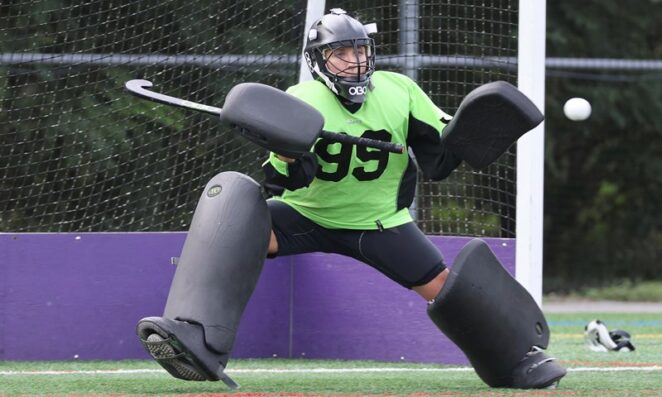
Goalkeepers have unique gear tailored to their role beyond the standard protective equipment shared with field players. The specialized goalie gear includes:
Goalie Sticks: Goalkeeper sticks are shorter and have a flatter face, allowing goalies to make quick saves and control rebounds effectively.
Goalie Shoes: These shoes have additional padding, especially around the toes, to absorb the impact of hard shots and reduce the risk of injury.
Bags and Accessories: Organizing with Ease
With all the necessary equipment, players need reliable bags to carry their gear to and from the field. Field hockey bags come in various sizes, with compartments accommodating sticks, shoes, and personal items. Additionally, players often rely on essential accessories to enhance their performance and comfort on the field:
Grip Tapes for Sticks: Grip tapes provide players with better control and grip on their sticks, allowing for more precise ball handling and shooting.
Chamois Grips for Wet Conditions: In wet weather, chamois grips help maintain a secure hold on the stick, preventing slips caused by wet hands.
Water Bottles: Staying hydrated during games and practices is essential; a durable water bottle is a must-have accessory.
Clothing: Comfort Meets Function
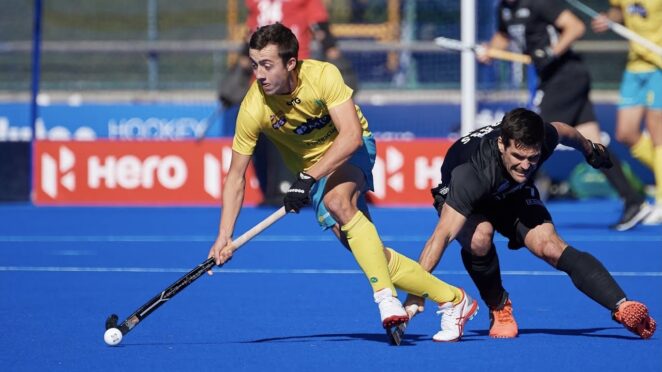
Field hockey attire is designed to balance agility and comfort, allowing players to move freely while staying cool and dry. Typical clothing worn by field hockey players includes:
Jerseys: Lightweight and breathable, jerseys represent the team’s colors and usually feature the player’s number. They are designed to wick away sweat and provide maximum comfort during intense matches.
Skirts or Shorts: Depending on the team’s choice and gender, players wear stretchable, quick-drying skirts or shorts that allow for unrestricted movement on the field.
Socks: High socks, often representing team colors, are worn not only for style but also to hold the shin guards securely in place, preventing them from slipping during play.
Final Thoughts
Field hockey is a sport of grace and strategy that demands equipment to meet its unique demands. From the all-important field hockey stick that defines a player’s style to the protective gear ensuring player safety, each piece of equipment plays a crucial role in shaping the game.
Whether you are a seasoned field hockey player or just starting, understanding the significance of each equipment component and investing in the right gear can elevate your game and provide an optimal playing experience. In a sport as dynamic as field hockey, where split-second decisions and precise control are essential, having the right equipment can make all the difference in achieving success on the field. So, remember, in field hockey, every advantage counts!



